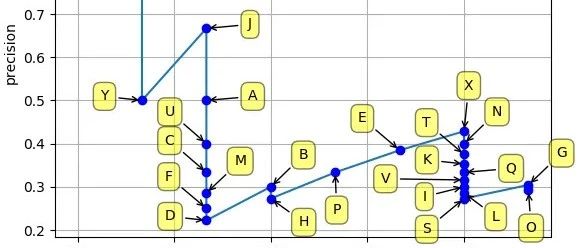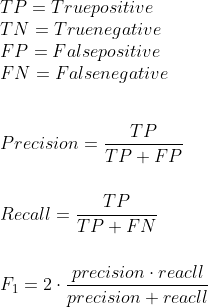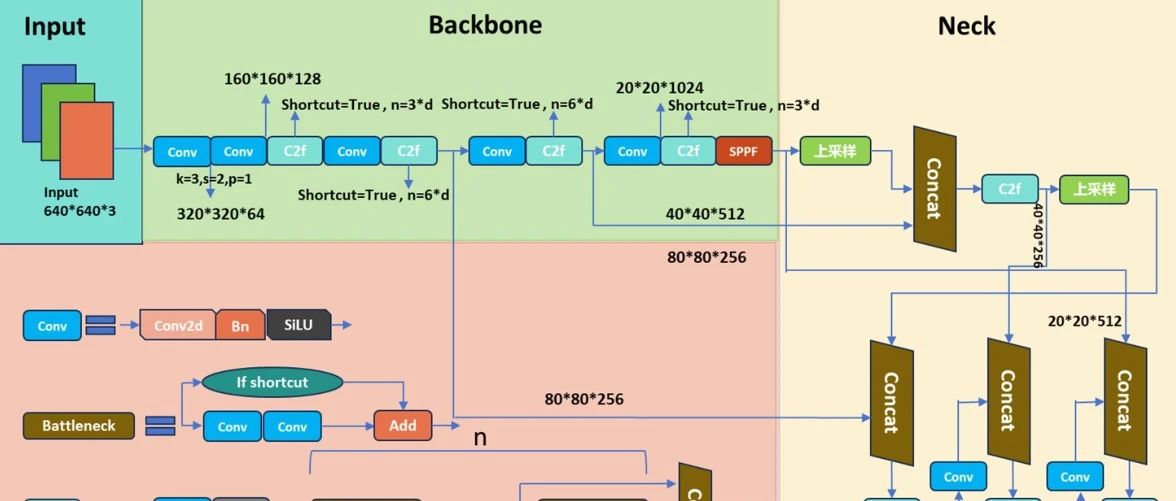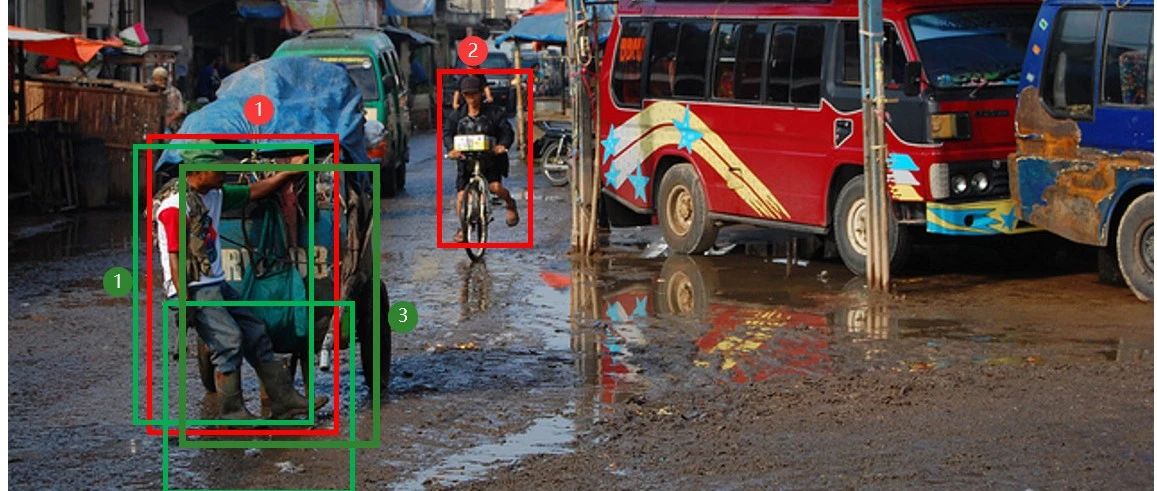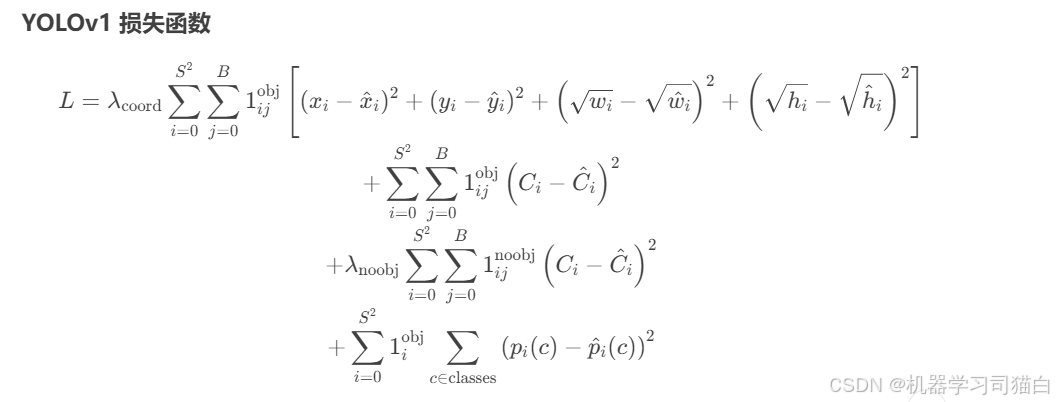Java 注解
原创常见的注解
以下注解都是 Annotation 接口的实现
标注 | 说明 |
|---|---|
@Deprecated | 所标注内容,不再被建议使用。 |
@Override | 只能标注方法,表示该方法覆盖父类中的方法。可以检查方法是否写错 |
@Documented | 所标注内容,可以出现在javadoc中。 |
@Inherited | 只能被用来标注“Annotation类型”,它所标注的Annotation具有继承性。 |
@Retention | 只能被用来标注“Annotation类型”,用来指定Annotation的RetentionPolicy属性。 |
@Target | 只能被用来标注“Annotation类型”,用来指定Annotation的ElementType属性。 |
@SuppressWarnings | @SuppressWarnings 所标注内容产生的警告,编译器会对这些警告忽略。 |
什么是注解
- 本质:注解名称对应一个注解类
- 语法:
@注解名称(属性:属性值) - 作用:校验、替代一些配置文件信息
- 解析:注解是由相关的框架来解析的,我们只使用即可
定义注解类
- 所有的注解都是Annotation 接口的实现类或之类
- java.lang.annotation # Annotation
- 语法:
@interface 注解名
@interface MyAnno1 {
}注解可以作用的目标
- 包
- 类、接口、枚举
- 构造方法
- 成员变量
- 局部变量
- 方法
- 形参
// 作用在包上,先不讲
package com.rlk.anotation;
@MyAnno1 //作用在类上
public class Demo1 {
@MyAnno1 //作用在:成员变量
private String name;
@MyAnno1 //作用在:构造方法
public Demo1() {
}
@MyAnno1 //作用在:方法
public void fun1() {
}
public void fun2(@MyAnno1 String name) { //作用在:形参
@MyAnno1 // //作用在:局部变量上
String username = "hello";
// 错误:不能作用在方法或者属性的调用上
Demo1 demo1 = new Demo1();
@MyAnno1 // 错误
demo1.属性;
@MyAnno1 // 错误
demo1.方法
}
}注解的属性
在使用注解的时候,可以给你指定属性值。
要指定什么样的值,以及如何如指定,必须看这个属性在定义注解的时候怎么去定义的。
- 语法:
属性类型 属性名()
@interface MyAnno1 {
int age(); //age属性
String name(); //name属性
}- 注解属性的类型:
- 8中基本类型
- String
- Emum
- Class
- 注解类型
- 以上类型的一维数组类型
@interface MyAnno1 {
int a();
String b();
MyEnum1 c();
Class d();
MyAnno2 e();
int[] f();
}定义并使用注解的属性
- 在使用注解的时候,对其定义的属性进行赋值@MyAnno1(age=100, name="zhangSan") //给注解的属性进行赋值 public class Demo1 { ... }
- 定义属性的默认值
- 在定义属性的时候,可以对其设置默认值。在使用注解的时候,可以不给该属性指定值,也可以重新指定,覆盖默认值。
@interface MyAnno2 {
int age() default 100; // 注解属性的默认值
String name();
}@MyAnno2(name="liSi") // 使用注解、属性
public class Demo2 {
...
}values属性特权@interface MyAnno3 { int value(); }- 当属性名称为
value的时候,在使用的时候赋值,直接写值即可。
@MyAnno3(100)
public class Demo2 {
}注解的作用目标权限 @Target
- 含义:对注解的使用的目标进行了限制,只能在
某个或某些作用目标上@Target(value={ElementType.TYPE, ElementType.METHOD, ElementType.FIELD}) @interface MyAnno1 { ... } - 表示:
@Target - 对应关系:Annotaion : ElementType = 1 : n
- 在定义注解的时候,给定义的注解添加注解,即
@Target,用来表明该注解可以用在一个过几个地方,有所限制 - 例如,下面的注解
@MyAnno1注解由 @Target 指定,只能作用在类、方法、属性上
java.lang.Override.java
// 这个@Target添加在Override的注解定义上,那么Target的属性值是什么呢,去定义的地方看看
@Target(ElementType.METHOD)
@Retention(RetentionPolicy.SOURCE)
public @interface Override {
}java.lang.annotation.Target.java
@Documented
@Retention(RetentionPolicy.RUNTIME)
@Target(ElementType.ANNOTATION_TYPE)
public @interface Target {
ElementType[] value(); // Target注解的属性类型:为枚举类型数组
}java.lang.annotation.ElementType
public enum ElementType {
TYPE, /** Class, interface (including annotation type), or enum declaration */
FIELD, /** Field declaration (includes enum constants) */
METHOD, /** Method declaration */
PARAMETER, /** Formal parameter declaration */
CONSTRUCTOR, /** Constructor declaration */
LOCAL_VARIABLE, /** Local variable declaration */
ANNOTATION_TYPE, /** Annotation type declaration */
PACKAGE, /** Package declaration */
TYPE_PARAMETER, /** Type parameter declaration */
TYPE_USE /** Use of a type */
}注解的保留策略限定 @Retention
- 含义:注解在源码、字节码、JVM中,是否可以保留@Retention(RetentionPolicy.RUNTIME) @interface MyAnno1 { ... }
java.lang.annotation.Retention.java
@Documented
@Retention(RetentionPolicy.RUNTIME)
@Target(ElementType.ANNOTATION\_TYPE)
public @interface Retention { // 定义@Retention注解
RetentionPolicy value(); // 属性 enum RetentionPolicy 类型
}- 表示:
@Retention,保留 - 对应关系:Annotaion : RetentionPolicy = 1 : 1
- 分类:(指定哪种类型,即在哪种情况下及其之前的动作才存在注解)
- 源代码文件(SOURCE):注解只在源代码中存在,当编译时就被忽略了
- 字节码文件(CLASS)
默认:注解在源代码中存在,然后编译时会把注解信息放到了class文件,但JVM在加载类时,会忽略注解! - JVM中(RUNTIME):注解在源代码、字节码文件中存在,并且在JVM加载类时,会把注解加载到JVM内存中(它是唯一可反射注解! 关键关键关键!!!)
- 例如: 该注解在源码、字节码、JVM中都存在
java.lang.annotation.RetentionPolicy.java
public enum RetentionPolicy {
SOURCE,
CLASS,
RUNTIME
}总结
- 因此在好多注解定义的时候,都会给注解加上以上两个注解,至关重要@Target(ElementType.METHOD) // 注解的作用目标权限 @Retention(RetentionPolicy.SOURCE) // 注解的保留策略限定
- 关于注解的反射另外介绍
原创声明:本文系作者授权腾讯云开发者社区发表,未经许可,不得转载。
如有侵权,请联系 cloudcommunity@tencent.com 删除。
原创声明:本文系作者授权腾讯云开发者社区发表,未经许可,不得转载。
如有侵权,请联系 cloudcommunity@tencent.com 删除。
评论
登录后参与评论
暂无评论
推荐阅读
推荐阅读
相关推荐
深入了解平均精度(mAP):通过精确率-召回率曲线评估目标检测性能
更多 >
